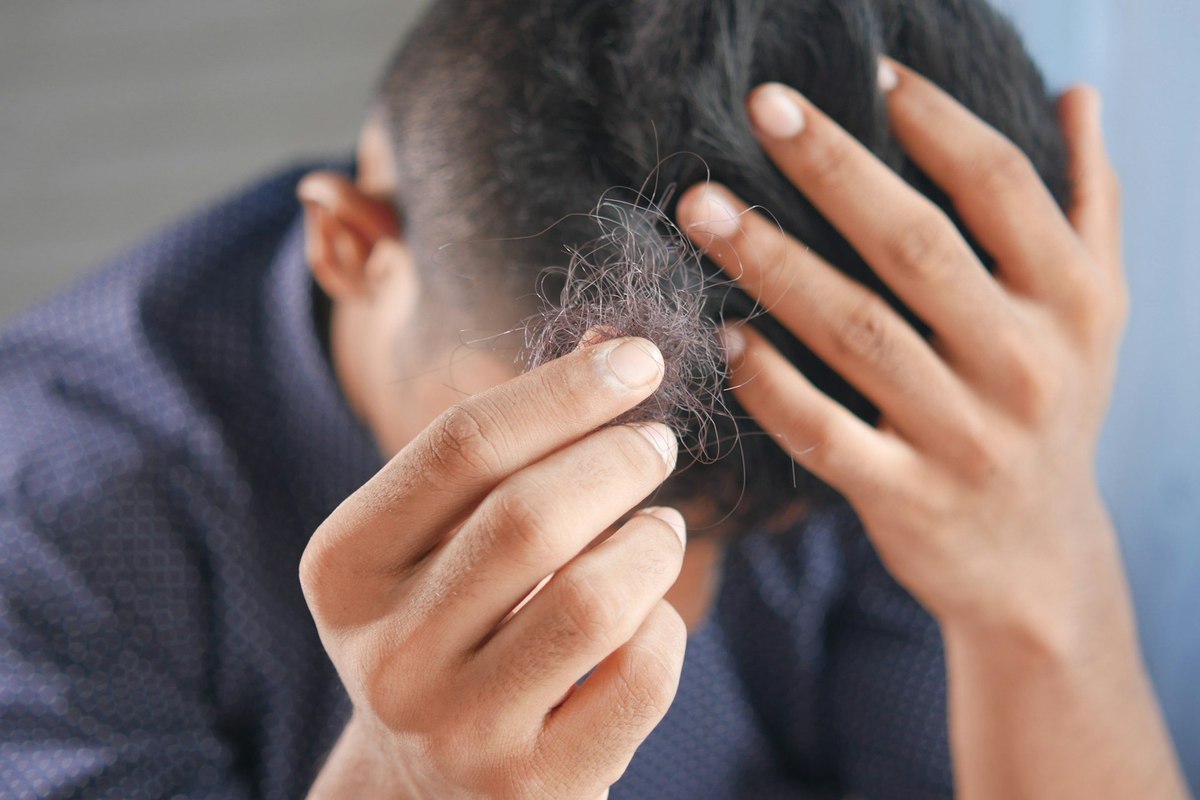In a different story, we looked at how Americans approach their hair health, from routines and motivations to the concerns shaping their choices. In this piece we turn our attention to Brits. As scalp health and self-care increasingly enter the wider wellness conversation, fresh data allows us to see not just what people in the UK are doing for their hair, but also why, and where opportunities for brands may lie.
How and why Britons care for their hair
Nearly 1 in 10 Britons (9%) don’t take any action to care for their hair, a figure much higher among men (16%) than women (3%). For those who do, shampoo and conditioner lead (83% among the general British population), used almost universally by women (94%) but less so by men (70%). More specialised care also skews female: 31% of women vs 4% of men use serums or masks, and 15% women vs 6% men oil their hair. Among the broader population, less common options like salon treatments (6%) and home remedies (5%) show the same pattern, with women far more likely to try them.
Hygiene and upkeep top the list of reasons Britons care for their hair, with 61% citing it overall. Beyond that, the motivations split: while nearly seven in ten women (70%) say they want healthier or better-looking hair, only three in ten men (31%) say the same. Men, by contrast, are more likely to be guided by medical advice (28%) or to feel that none of the listed factors apply (24% vs 5% of women).
Age adds another dimension. Worries about future hair loss are highest among women (37%) and younger and middle-aged adults (41% of 18–24s, 38% of 25–34s and 38% of 35-44s) but tapers off with age.
Emotional self-care follows a similar curve, with it motivating women the most (27%), dropping to 24% for 18–24s and further down to 14% of over-55s. Interestingly, social or peer pressure and media/brand influence or influencer recommendations hold little sway overall, barely registering beyond younger groups and almost negligible among older Britons. The data suggests that while hygiene, appearance and wellness drive many women and younger adults, men and older groups place greater weight on function, medical input, or simply keeping to the basics.
Mapping the hair challenges Britons experience
For most Britons, hair concerns aren’t a pressing issue with over half report experiencing none of the listed problems. But among those who do, the most common are premature greying (48% experience it to at least some extent), shedding or loss (50%), and thinning (46%).
Dandruff or an itchy scalp (41%) and frizz or damage (36%) are also widespread, while bald spots or a receding hairline (36%) affect a similar share. In short, while the majority report no concerns, those who do are dealing with a mix of both everyday frustrations and more visible signs of change.
Among Britons who report experiencing hair concerns to any degree, a majority (54%) say they would allocate up to £100, while another 44% say they wouldn’t spend anything at all. Only a small fraction stretch beyond that, just 2% would go up to £200, and less than 1% would spend more. In other words, even when concerns are present, most consumers keep hair care and hair-loss budgets modest, with very few prepared to invest at higher levels.
Treatment paths: What Britons choose and the reasons behind it
A striking share of Britons with hair concerns aren’t taking action: 36% haven’t tried anything yet and a further 19% say none of the listed options apply. This passivity is most common among men (46%) and older adults (43% of those 55+).
Among those who do act, haircare products such as serums and oils lead (35%), with uptake far higher among women (50%) than men (17%), and strongest among younger adults (over half of 18–24s and 25–34s). Supplements (16% among all Britons experiencing concerns) and DIY or home remedies (11% among all Britons experiencing concern) also feature, again skewing younger and female.
By contrast, more advanced interventions remain niche. Only around 2–3% consult dermatologists, use hair systems, or undergo medical procedures like transplants or PRP, while holistic approaches (2%) barely register.
Taken together, the findings show a market defined by caution: while hair concerns are common, most Britons either do nothing or rely on basic, low-cost solutions. That leaves professional, clinical, and premium treatments largely untapped. For brands, the opportunity lies in bridging this gap - meeting consumers where they are today with accessible products, while also educating and nudging them toward higher-value solutions that address both the everyday frustrations, and the deeper hair-related challenges Britons are experiencing.
Methodology: YouGov Surveys: Serviced provides quick survey results from nationally representative or targeted audiences in multiple markets. This study was conducted online on 12-13 August 2025, with a nationally representative sample of 2,126 adults in the UK (aged 18+ years), using a questionnaire designed by YouGov. Data figures have been weighted by age, gender, education and region to be representative of all adults. Learn more about YouGov Surveys: Serviced.
Photo by Towfiqu barbhuiya on Unsplash
